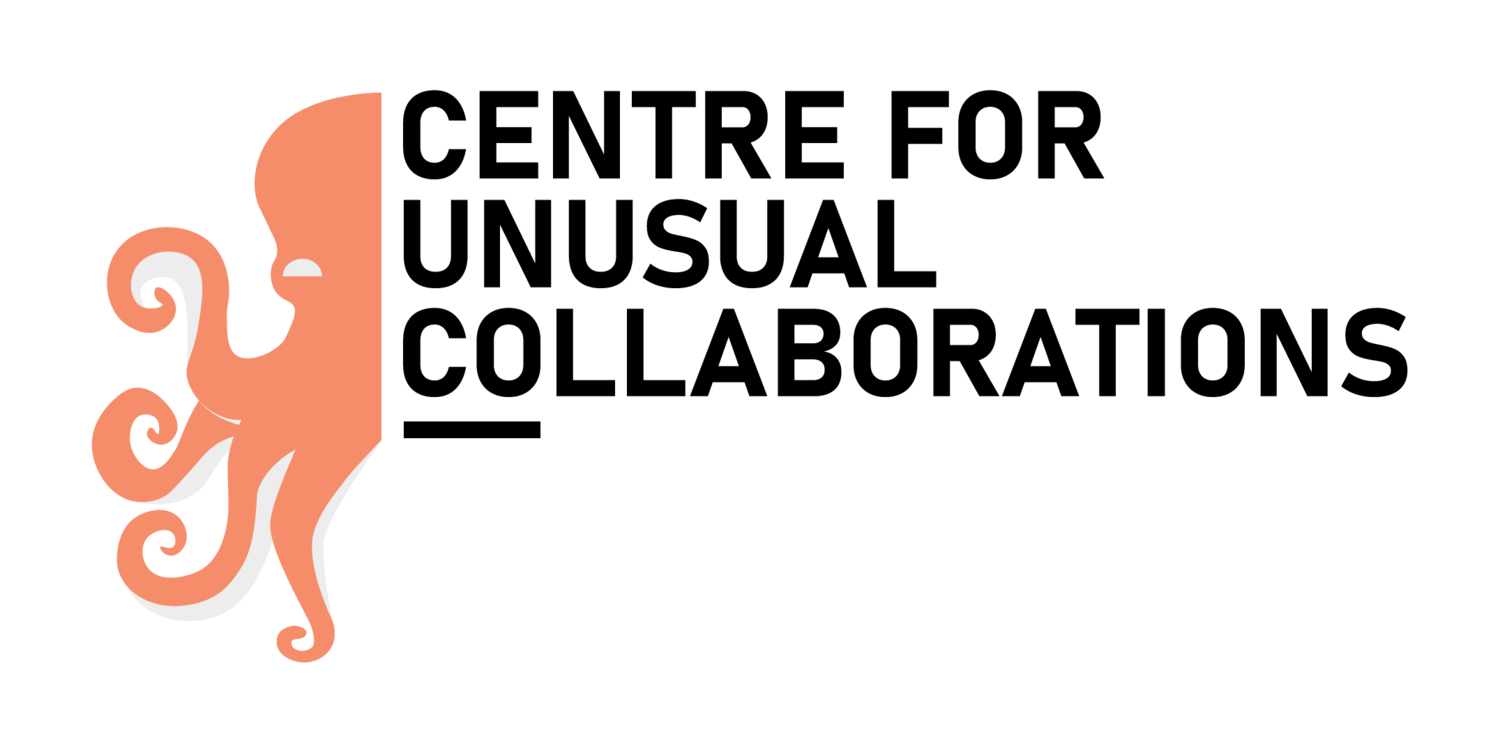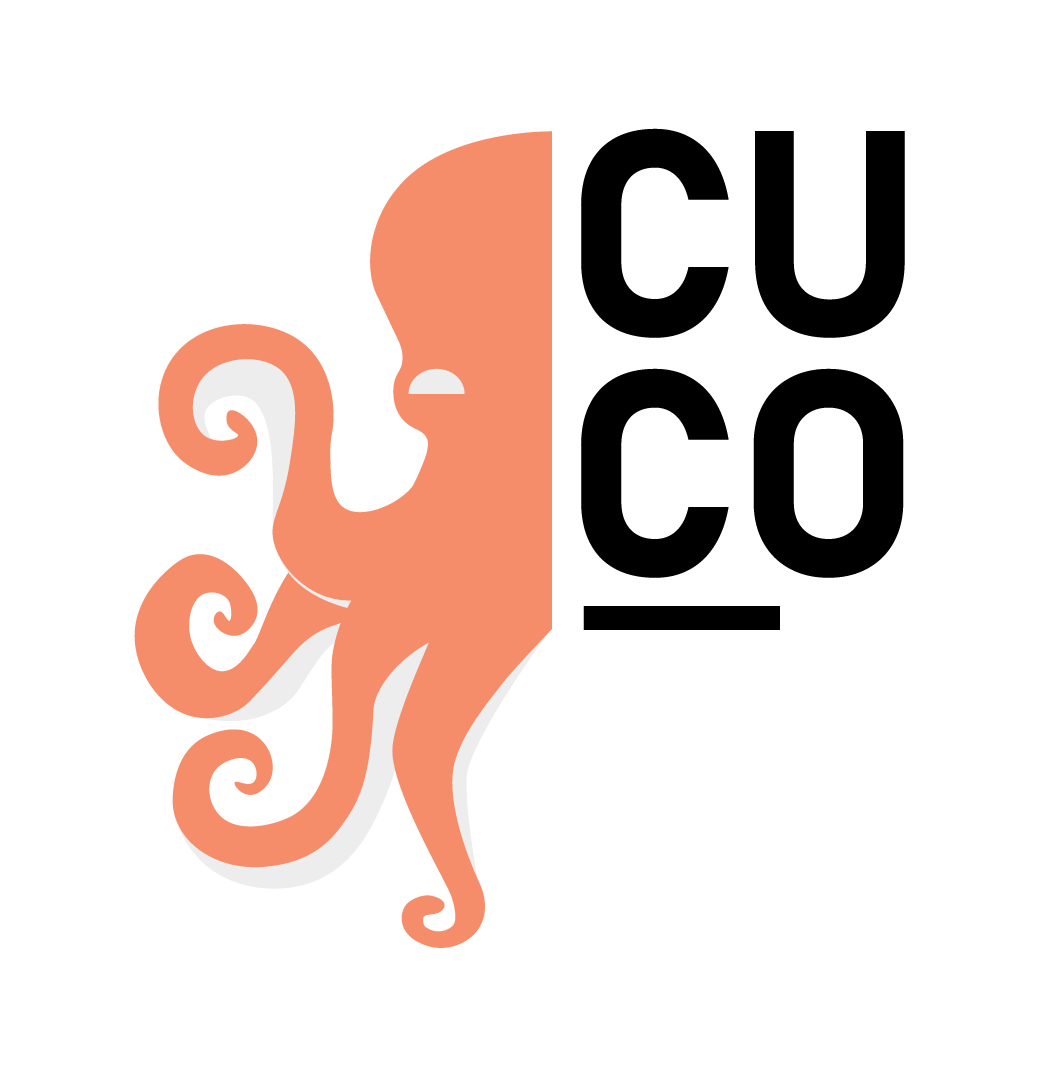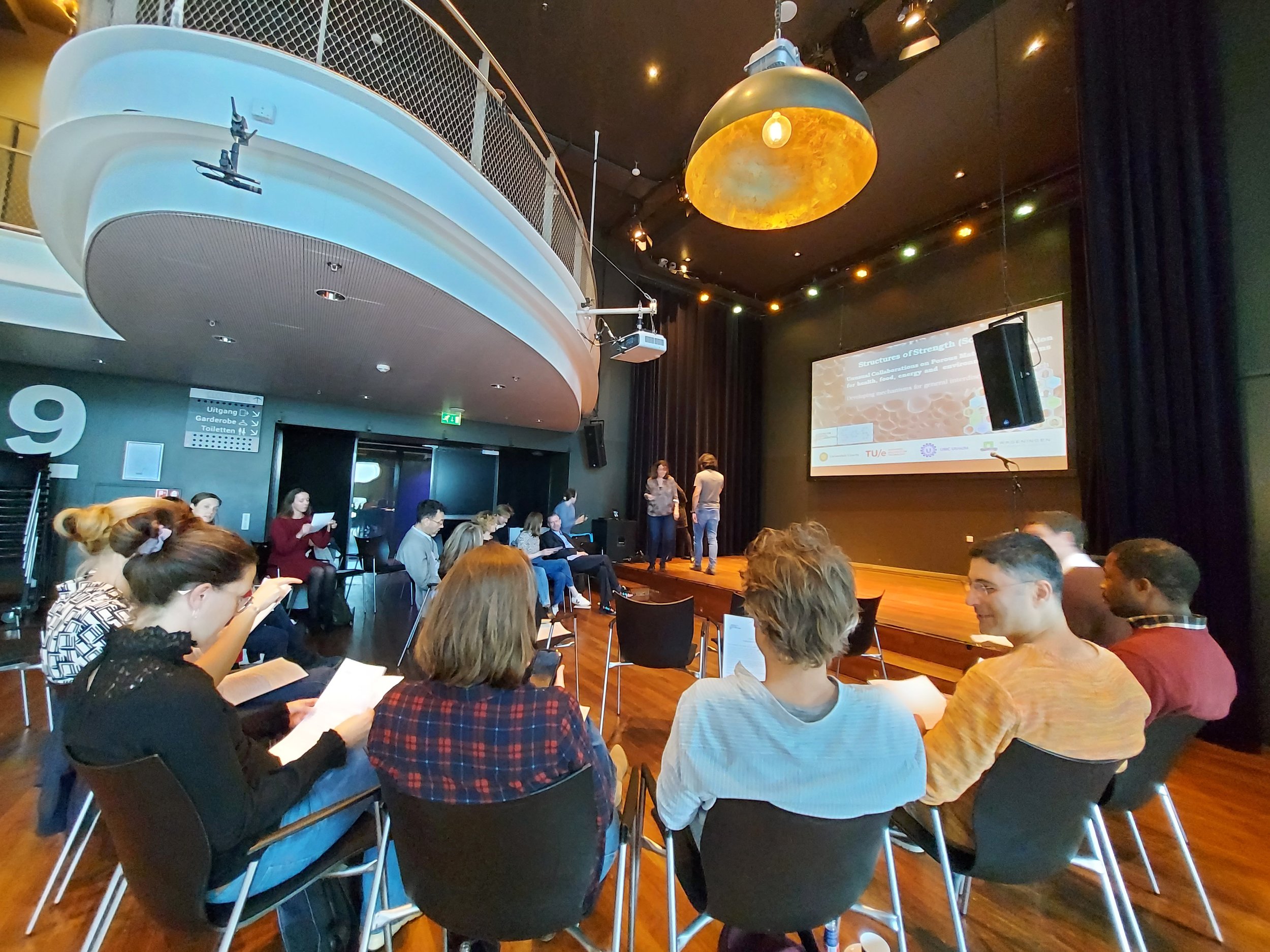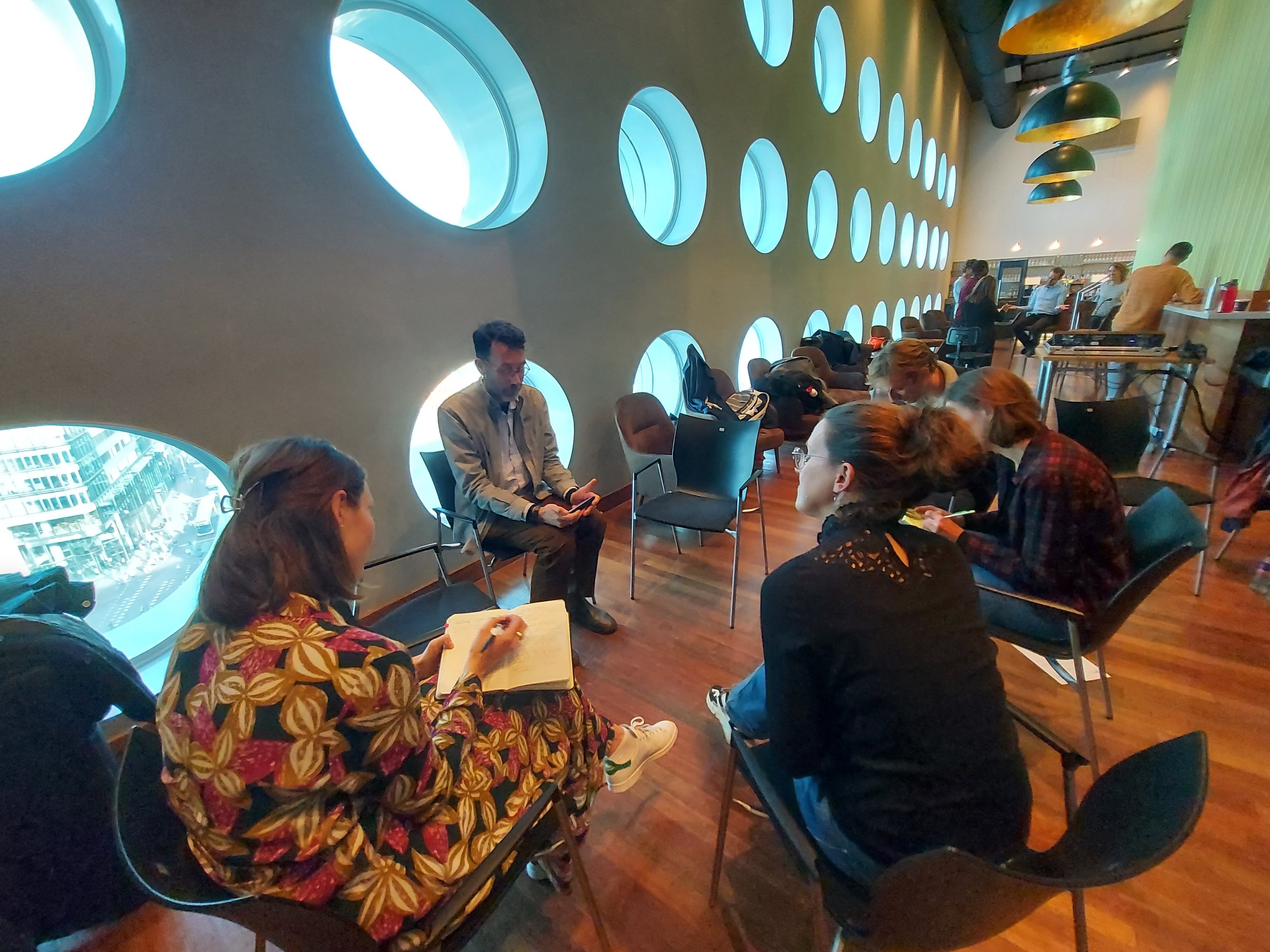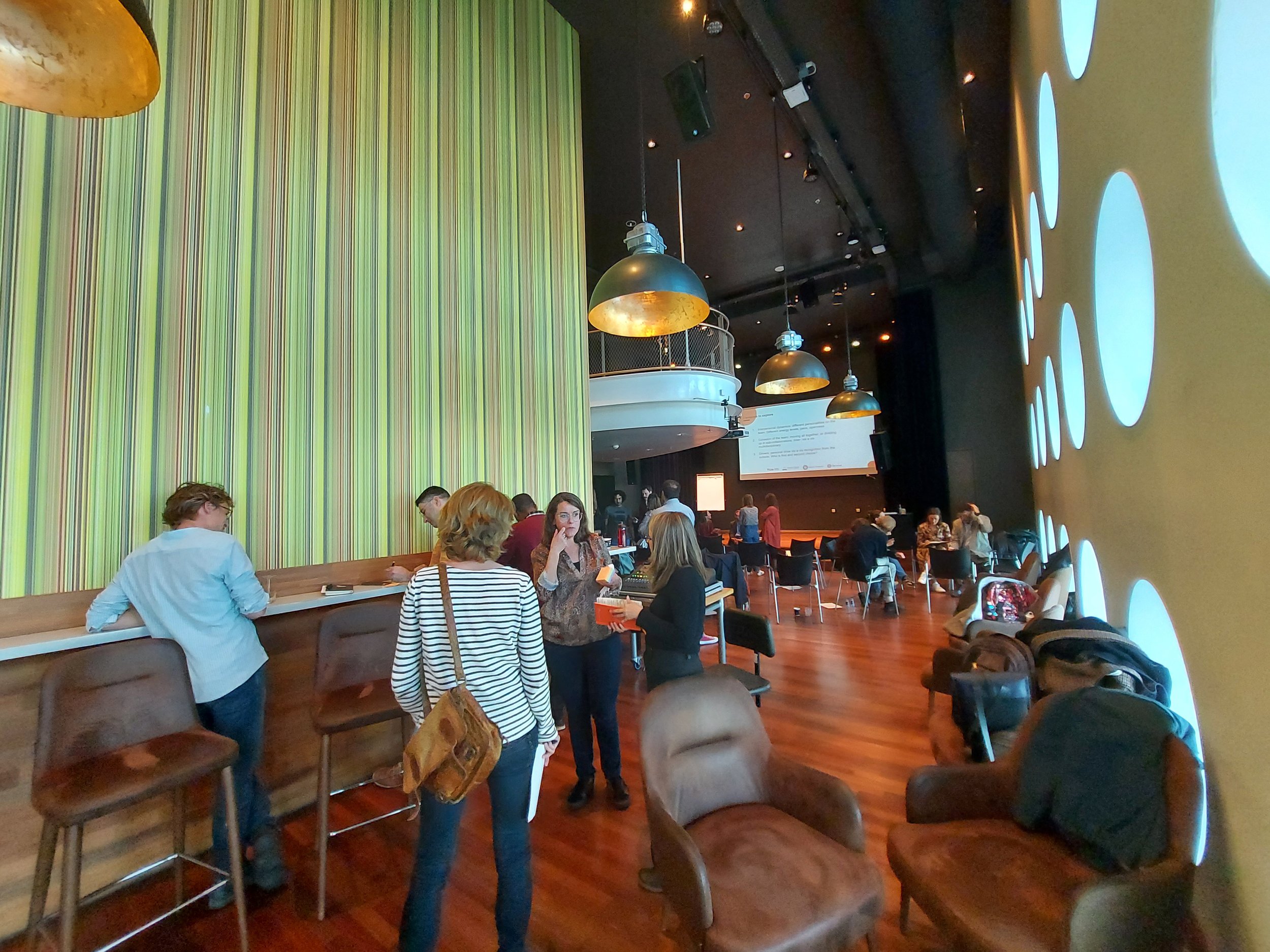Blog: the process of collaboration
Written by: Rick Steggerda
The process of collaboration
It is not hard to find inspiring quotes on collaboration. Here’s one attributed to Oliver Wendell Holmes Sr.: ‘Many ideas grow better when transplanted into another mind than the one where they sprang up.’ I also found this one by either Henry Ford or Edward Everett Hale: ‘Coming together is a beginning, staying together is progress, and working together is success.’ Sounds lovely, does it not? Of course there is truth in those quotes. Working as an interdisciplinary research group may lead to possibilities and understanding not to be obtained by an individual. Many academics wish to collaborate for that reason, as well as for the sheer joy it brings. But collaborating also offers challenges. People work differently, have personal goals within the larger project, have to engage in relationships and need to adjust their pacing to one another, to name a few. In this blog I would like to explore the process of working together more. Because for success it deserves as much attention as the content of the collaboration.
Kickoff meeting Unusual Collaborations ‘23 teams
On March 15th we kicked off the journey of seven Unusual Collaborations ‘23 teams. The main goal of the meeting was to build a strong foundation on which the collaborations can be built. Through several fun exercises – we designed and constructed constellations with balloons, spaghetti and duct-tape representing collaborations, we sailed a map and explored collaboration as a traveling metaphor – we got to know each other, but also playfully addressed some of our past experiences in collaborating. We (once again) became aware of the attention that is needed for the process of working together to achieve success. This was emphasized by Cuco in presenting four process coaches, who are available for the teams during their research adventure. For all of us know that despite the good spirits and joyful anticipation, challenges and difficulties will emerge on the horizon.
Challenges of collaboration
Some of those challenges were addressed a couple of months prior, at a midterm meeting of the preceding Unusual Collaborations (UCo) ‘22 teams. Some of those teams continued in 2023, others did not receive funding through the lottery, unfortunately. In this midterm meeting we addressed the process of collaboration specifically, as it cuts across all the teams, whilst their research topics diverged widely. The groups were asked to share some of the tensions of working together they experienced. It appeared difficult to pinpoint specific tensions. We realized that the collaboration was not considered as an element of its own. The UCo teams tend to focus primarily on the research topic and data, overlooking the relationships within the team, the different personalities and goals. Reflection is mostly focused on working more efficiently: assigning tasks and meeting tight schedules. Reflection on the particular dynamics of this group and how it guides itself forward is not on the agenda.
Take a seat
Centralizing ‘the collaboration’ as a separate entity, with a voice, means taking it seriously as a large part of interdisciplinary research. Therefore we developed an exercise called: ‘What does the Collaboration have to say?’ We literally gave the collaboration a seat at the table with an empty chair. Members of each group in turn sat on the chair and reflected, from the perspective of ‘the collaboration’, on different aspects of the process. This exercise sparked some hesitance and confusion in the beginning, but was also a source of joy and offered a powerful method for reflection on the dynamics across groups. The outcomes were rich, ahighlight of some of the reflections:
The collaboration is experienced distinctly by the different team members. Especially for people who join the collaboration later.
The collaboration is supported by focusing on similarities and the ‘why’ of working together.
Centralizing the collaboration makes you think about the whole, not just about your individual part. This helps to bypass personal issues/accusations. It is a way to reflect without much criticism, exploration without people feeling attacked.
It may be beneficial to have someone on board of the team who specifically observes the collaborative dynamics.This helps to be aware of the positions of each team member; it was observed that there is not automatically much attention for this. (A process coach could fulfill such a role.)
Five tracks for process guidance
Although the outcomes seem tangible, an order or grouping could help to address challenges within the collaboration. As a coach I sometimes work with what is called ‘the fork-model’ developed by social psychologist Rudy Vandamme. This model distinguishes different ‘tracks’ on which an individual or group can be coached or guided. The outcomes listed above can easily be placed on these tracks. For collaborations there are five tracks:
Exercise ‘What does the Collaboration have to say?’
All take a seat. And there is one empty chair. This is the chair for the collaboration.
One by one you take on the role of The Collaboration by sitting on the empty chair. You can assign one of the other members as a writer.
Seated on the chair you speak not from your own opinion, but you try to speak on behalf of the Collaboration. The other members of the group help the exploration through questions.
You can specify topics. For instance:
What does the Collaboration have to say about tensions within the group?
What does the Collaboration have to say about
What does the Collaboration have to say about
What does the Collaboration have to say about
Each topic/question takes about three minutes. Then you switch roles.
After all rounds you write down some learnings on a post-it. What works? What is to be enhanced? What can you change in collaboration tomorrow? What needs to be addressed within your group for the longer term?
project topic (the subject we are working on)
self-guidance (how do we reflect on ourselves and how do we guide ourselves)
individuals (who am I, my own goals, different personalities within the group)
team identity (who are we, who do we want to be, who are we together)
greater whole (our contribution to the greater whole (f.e. society, academic field)
(Self-)Reflection
These five tracks form a guide on what deserves attention in the process of interdisciplinary research collaboration. A group can actively explore these tracks in meetings and there are multiple exercises that can give clarity and insight. Some examples are available in CUCo’s toolkit. Also, the tracks help to indicate where precisely lies a challenge for the team. For instance: establish a shared identity that is missing, or align the personal motives with the main goal of the collaboration.
While some tracks within this model can be explored by a group independently, sometimes a coach might be helpful to guide the process. I am happy to help you with that. As are my colleague process-coaches. Just reach out and we can make an appointment. Remember until then: "It takes two flints to make a fire.” (Louisa May Alcott)
Biography
My name is Rick Steggerda, I am a playwright and I work as a storyteller and consultant on organizational behavior. Currently working on The Police Experience: a world where you will experience being a police officer for an hour.
In my work I strive for growth and development through research and dialogue. A central question and curiosity: do we dare to enter and stay (together) in the unknown for a while? The unknown, for me, is a space owned by nobody and everybody at the same time. In that space we have a shared responsibility:, for understanding, for giving room, for freedom and for trust. Guiding this process is my job and specialty.
I often ask to precisely elaborate on something that happened there and then, so it comes alive in the here and now, in the room. Lived experiences are at the center of my work. They can be voiced, written, played or drawn. We all will be able to see and feel what was at stake, what happened and what is to be learned from that specific moment, which is often bigger than that moment alone.
